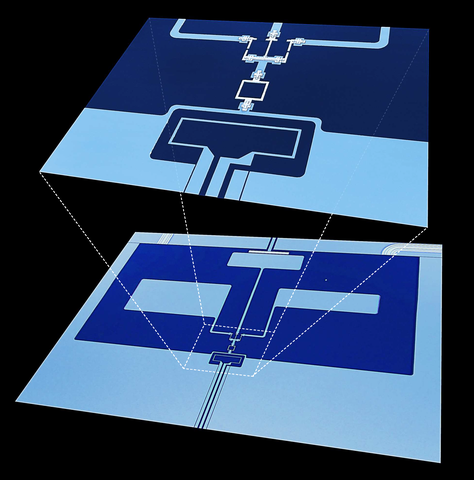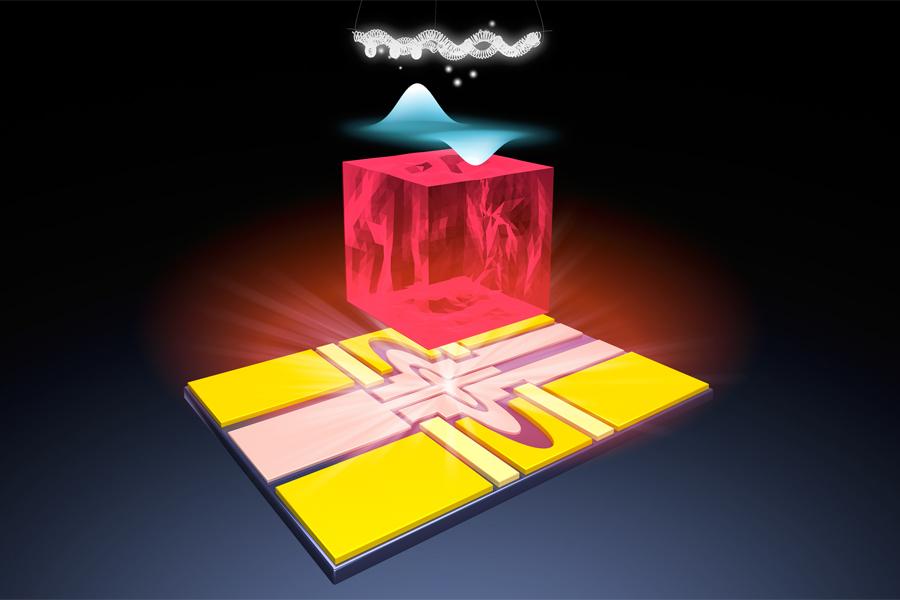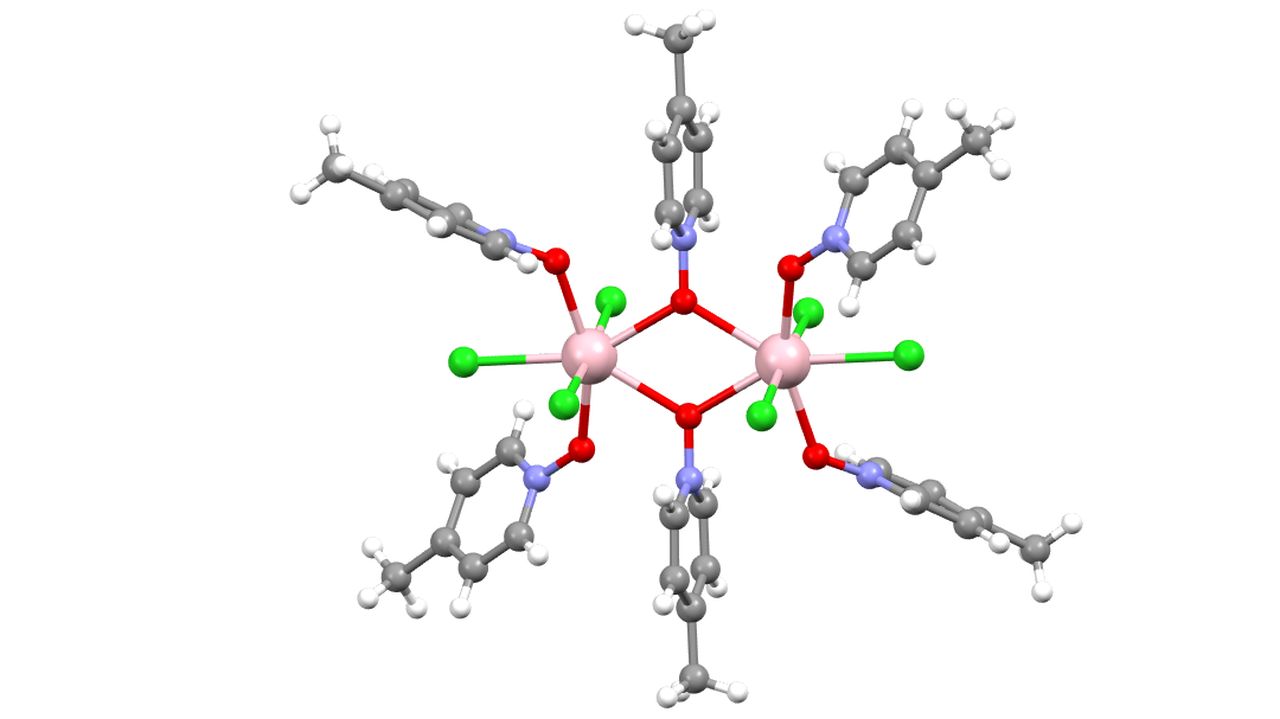
Credit: R. Simmonds/NIST
The novel device could lead to more versatile quantum processors with clearer outputs...
Read More

The novel device could lead to more versatile quantum processors with clearer outputs...
Read More
A team led by researchers at the U.S. Department of Energy’s (DOE) Argonne National Laboratory, in close collaboration with FAMU-FSU College of Engineering Associate Professor of Mechanical Engineering Wei Guo, has announced the creation of a new qubit platform that shows great promise to be developed into future quantum computers. Their work is published in Nature.
“Quantum computers could be a revolutionary tool for performing calculations that are practically impossible for classica...
Read More
Light can be used to operate quantum information processing systems, e.g. quantum computers, quickly and efficiently. Researchers at Karlsruhe Institute of Technology (KIT) and Chimie ParisTech/CNRS have now significantly advanced the development of molecule-based materials suitable for use as light-addressable fundamental quantum units. As they report in the journal Nature Communications, they have demonstrated for the first time the possibility of addressing nuclear spin levels of a molecular complex of europium(III) rare-earth ions with light.
Whether in drug development, communication, or for climate forecasts: Processing information quickly and efficiently is crucial i...
Read More
A team of researchers at UCLA has set a new record for preparing and measuring the quantum bits, or qubits, inside of a quantum computer without error. The techniques they have developed make it easier to build quantum computers that outperform classical computers for important tasks, including the design of new materials and pharmaceuticals. The research is published in the peer-reviewed, online open-access journal, npj Quantum Information, published by Nature and including the exceptional research on quantum information and quantum computing.
Currently, the most powerful quantum computers are “noisy intermediate-scale quantum” (NISQ) devices and are very sensitive to errors...
Read More
Recent Comments